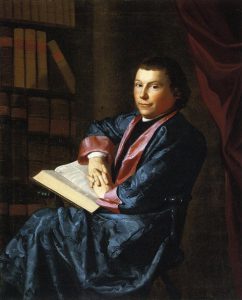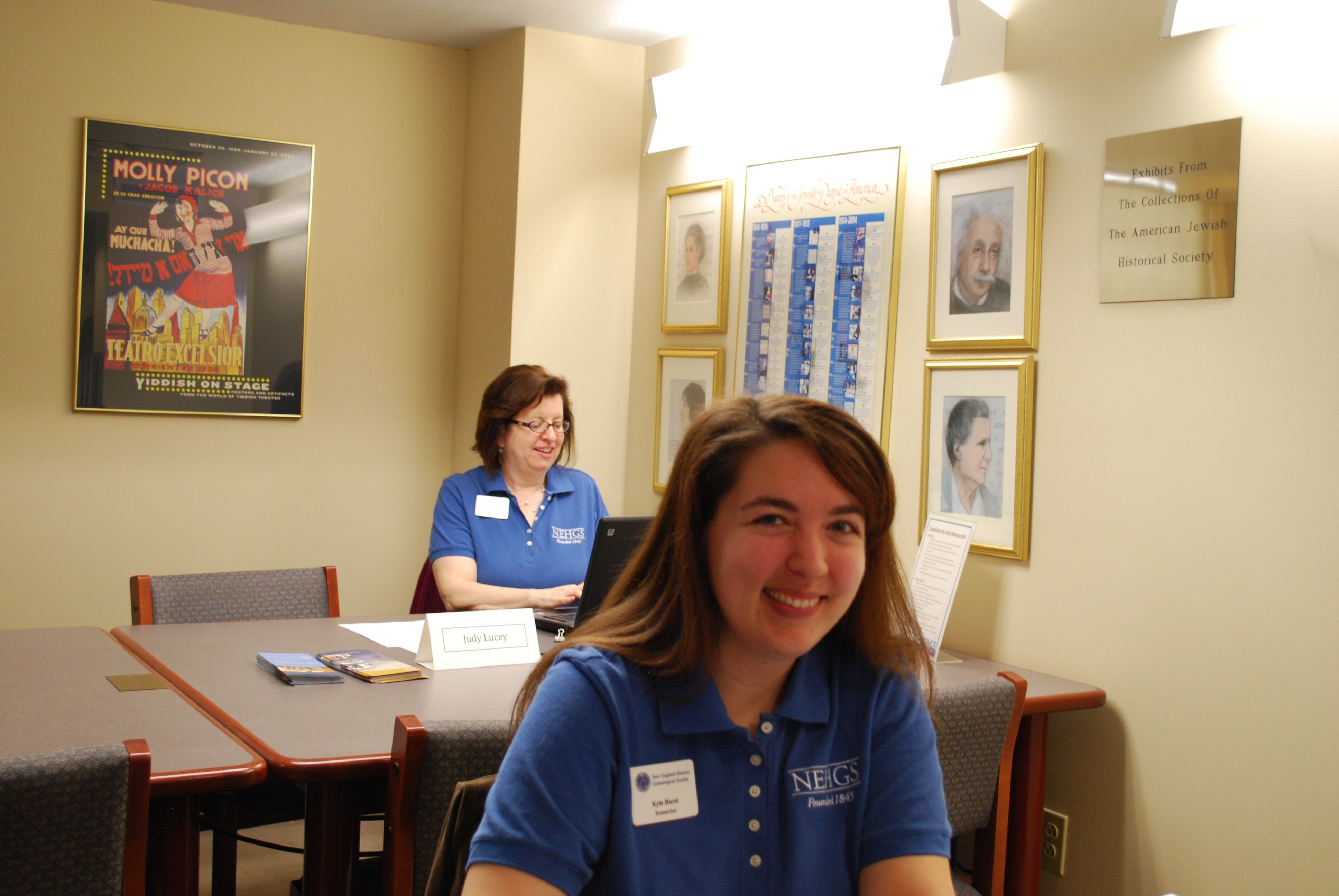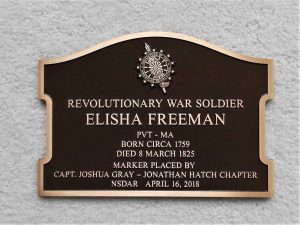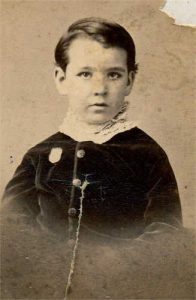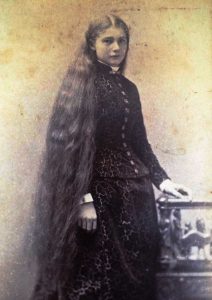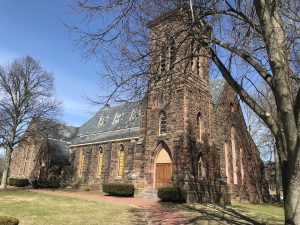
I recently drove from Maryland to New England for a week of genealogical research with the NEHGS Research Tour in Hartford. I went up a day early to start my week with a day in Wilbraham, Massachusetts, where my great-great-great-great-grandfather, Porter Cross, had lived. What a day it was!
A year ago I discovered Porter Cross’ obituary while researching in the archives of the Museum of Springfield History. According to the obituary, Porter “was a trustee of Wesleyan academy at Wilbraham and while living in that town designed and constructed the Methodist memorial church.” Continue reading Ancestral homes
